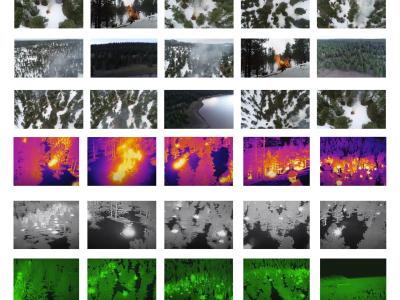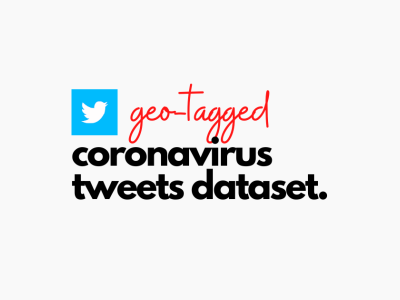Database of Simulated Driver Behaviors Using the SUMO Simulator

- Citation Author(s):
- Submitted by:
- badreddine chah
- Last updated:
- DOI:
- 10.21227/tawv-ny53
- Data Format:
- Research Article Link:
Abstract
Classifying the driving styles is of particular interest for enhancing road safety in smart cities. The vehicle can assist the driver by providing advice to increase awareness of potential dangers. Accordingly, dissuasive measures, such as adjusting insurance costs, can be implemented. The service is called Pay-As-You-Drive insurance (PAYD), and to address it, the paper introduces a method for constructing a database of simulated driver behaviors using the Simulation of Urban MObility Simulation of Urban MObility (SUMO) simulator. Three levels of driver behavior (slow, normal, and dangerous) are generated using the Intelligent Driver Model car-following, with parameters adjusted accordingly. The simulation takes place on the Miami city map, extracted from a real-world map, encompassing various road types and traffic signs. The control interface ‘TraCI' is employed to collect data from the simulated vehicles and to trigger alerts based on violations committed by the drivers. These alerts are then used to train four machine learning (ML) models, for labeling the driving style. The four ML models are Gradient Boosted Decision Trees, K-Nearest Neighbors, Multi-layer Perceptron, and Support Vector Machines. The paper demonstrates the feasibility and accuracy of the proposed AlertDang Driver Profiling method, providing the code and dataset on GitHub. Additionally, it discusses the advantages and limitations of the simulation-based approach and suggests potential future directions.
Instructions:
In this study, only simulated data is utilized across all protocols due to the absence of real-world data. We generate a dataset using the SUMO simulator, categorizing drivers into three profiles: Slow, Normal, and Dangerous. Various automotive technologies, including Automatic Emergency Braking (AEB), Advanced Driver Assistance Systems (ADAS), Lane-Keeping Assist (LKA), and Blind Spot Detection (BSD), offer diverse warning mechanisms. These alerts range from visual, audible, and haptic warnings to head-up displays, and in some instances, assuming control of the vehicle. Such warnings provide classification alternatives to telematics data. The generated datasets include five warnings that are inspired by the existing technology. The Speed Limit Respect verifies adherence to maximum speed limits by comparing the vehicle's speed with lane-specific limits. The Front Safe Distance ensures inter-vehicular distances remain below 2.5 meters. Secure Distance maintains a safe following distance, calculated as the inter-vehicular distance divided by the rear vehicle's speed, aiming for less than 1.5 seconds. Time To Collision monitors the time before a potential collision, with alerts triggered if it falls below 2 seconds. Finally, the Emergency Brake criterion detects sudden braking events, triggering alerts when deceleration exceeds expected levels. In this work, we evaluate the performance of the PrivFedProfilling model using the dataset from the SUMO simulator. The simulation takes place on the Miami city map, extracted from a real-world map, encompassing various road types and traffic signs. The Code and the dataset are available on GitHub (GitHub: \url{https://github.com/badr007 01/Usage_Based_insurance_DP_HE_from_SUMODataset.git). Keep in mind that our code adapts to any dataset. We collect from the SUMO simulator both CS and individual vehicle datasets D_i for our experiments. The initial dataset for CS consisted of 3000 trips launched in the simulation, with 1050 trips for each driver's behavior. From this, we collected a total of 1,077,746 samples, including 413,421 slow samples, 346,565 normal samples, and 317,760 dangerous samples. </p><p>Additionally, we generate 88 datasets D_i for 88 vehicles (29 Slow vehicles, 29 Normal vehicles, and 30 Dangerous vehicles). Each D_i dataset comprised trips ranging from 90 to 120 trips, aligning with an average monthly trip count of 90 trips per month. The total trips generated for all datasets amounted to 14,480 trips launched in the simulation, with 3,400 trips for each driver's behavior. In total, we collected 8,171,462 samples, including 1,996,659 slow samples, 1,653,936 normal samples, and 1,443,331 dangerous samples.
 396 views
396 views







